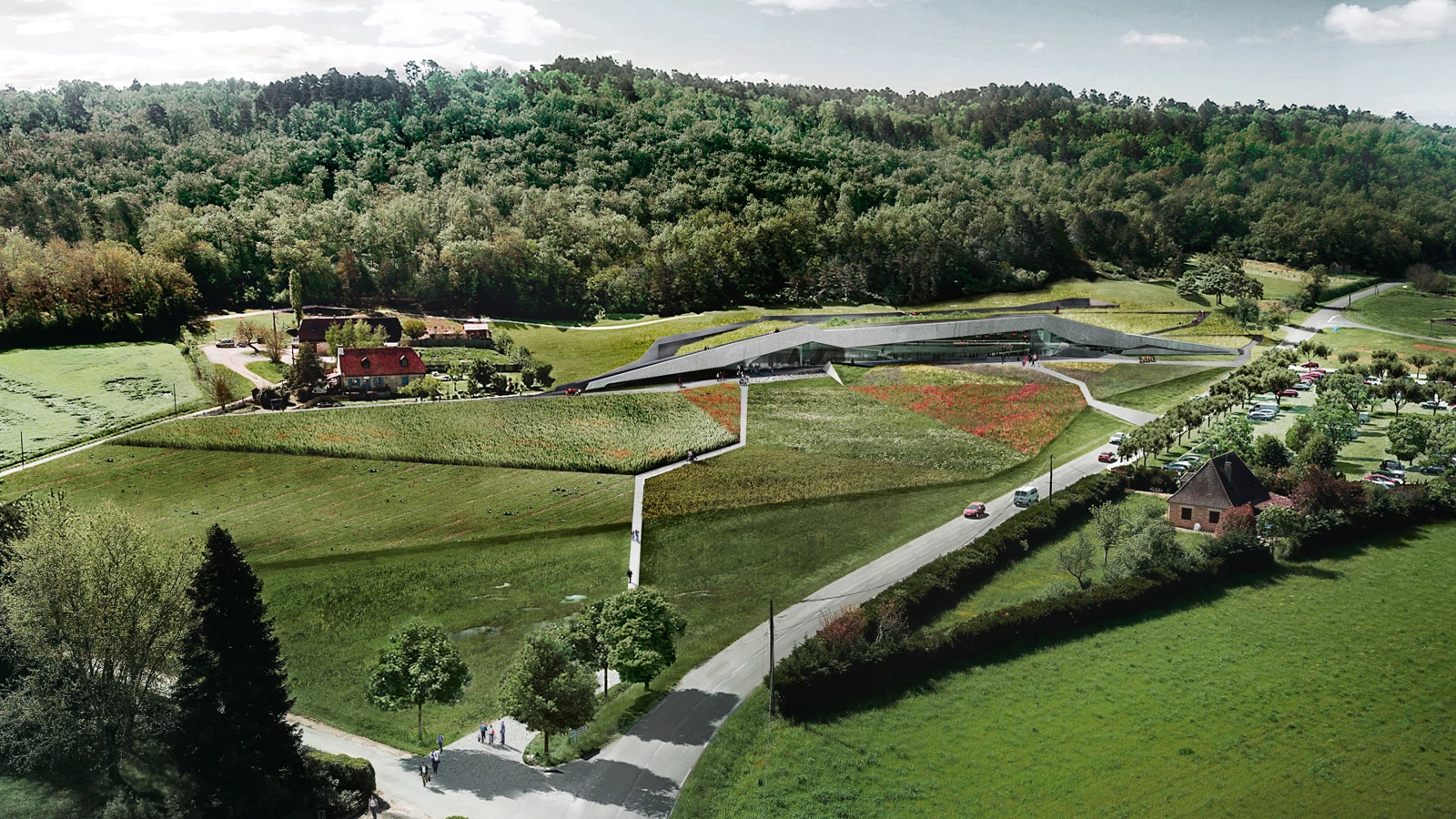Lascaux IV Caves Museum, Montignac (project stage)
Snøhetta- Type Culture / Leisure Museum
- Date 2013
- City Montignac
- Country France
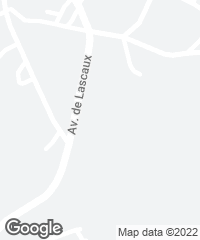
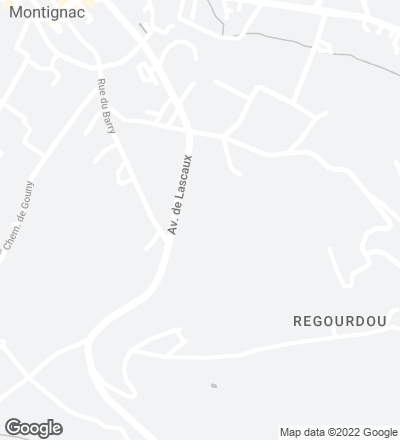
The museum is located in the Bordeaux region of southwest France, at the boundary of two divergent landscapes: a dense woodland, and the agricultural land of Vézère valley, which has been shaped by human activities and opens up to the sky. The museum serves as an interpretation center, informing visitors of the history of the Lascaux Caves, which are over 17,000 years old and have been closed to the public since 1963. The design also includes a 1:1 full scale replication of the Lascaux Caves for visitors to explore. The exterior, in tune with the cave concept, blends with the landscape, appearing as a crack between the hill and the valley. Facing north, the silhouette of the artificial incision is integrated into the profile of the hill containing it. Public spaces like the cafeteria or ticketing desk are connected to the exterior and the more brightly lit areas, while the museum is located in the darker interior spaces, recreating the experience of entering a cave. Visitors are handed an interactive ‘torch’ device for their journey through the recreated caves that will give additional information about the paintings.

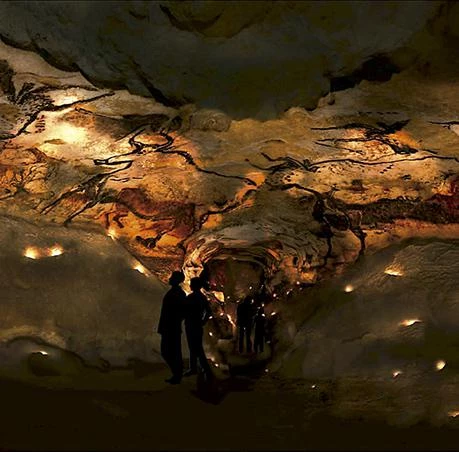

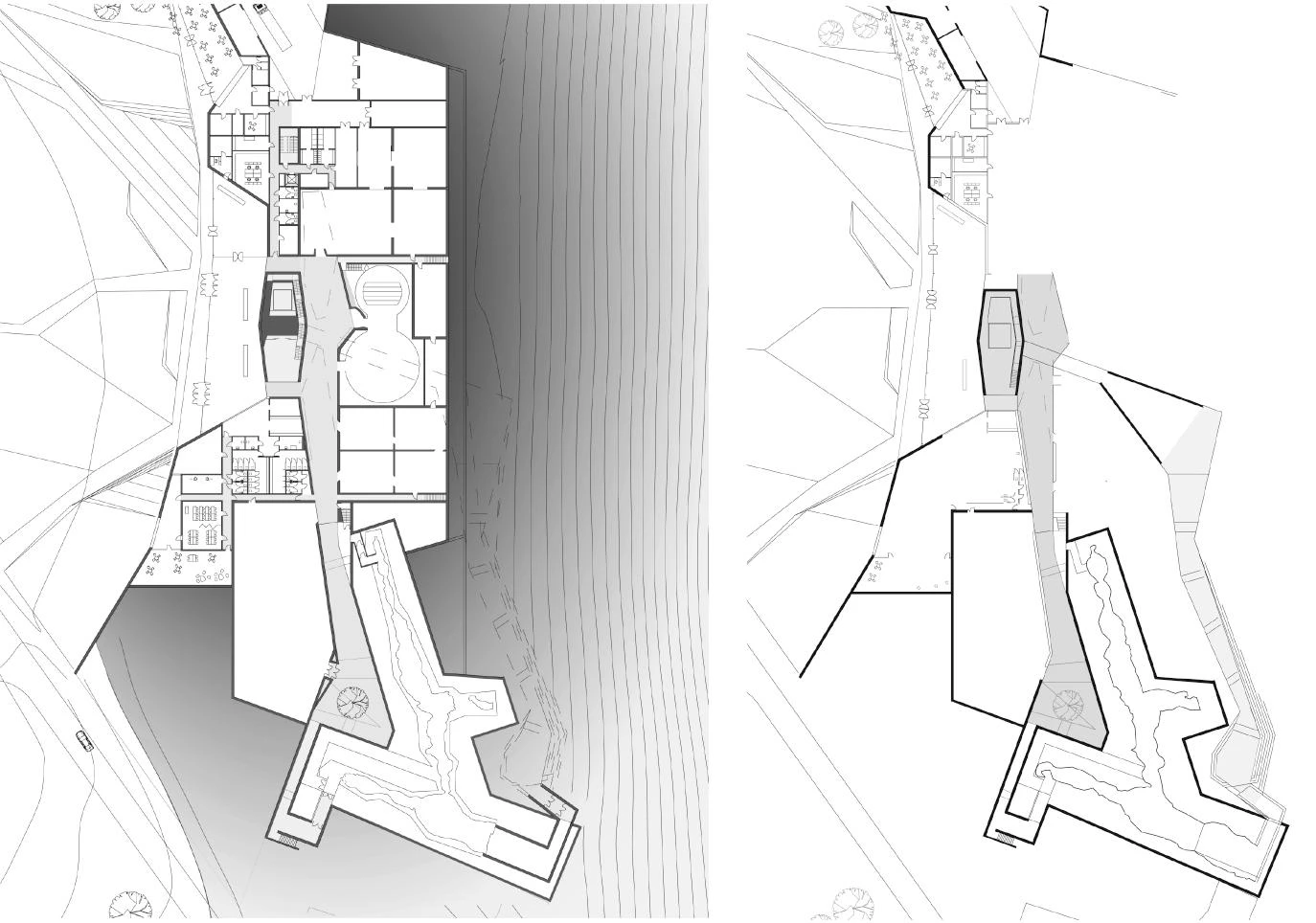
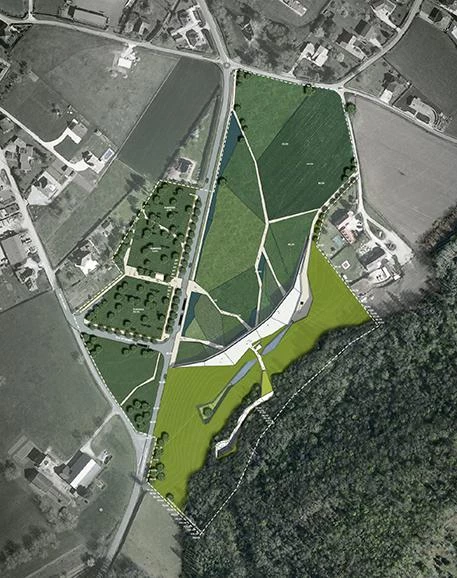

Client
Conseil Général de la Dordogne
Architects
Project architect and Landscape architect : Snøhetta, (Oslo, Norway). Associated architect, schematic phase: Duncan Lewis Scape Architecture (Bordeaux, France). Executive architect: SRA architectes (Châtillon, France)
Collaborators
Structural engineers: Khephren Ingénierie. Mechanical Engineers: Alto Ingénierie. Exhibit designer: Casson Mann. Virtual reality specialist: Jangled Nerves
Contractor
LAGARRIGUE SAS

